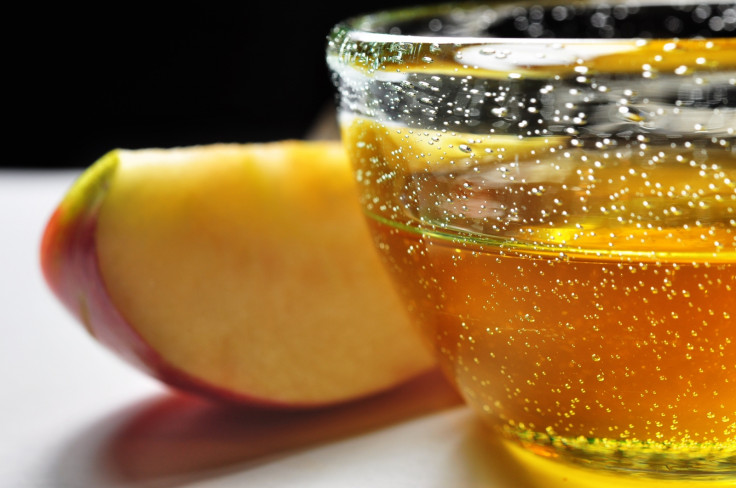Rosh Hashanah 2014: What do Jews Eat to Celebrate the New Year 5775?

- 1,000 Volunteers to Defend UK Jews from anti-Semitic Backlash over New Year and Yom Kippur
Today marks the beginning of Rosh Hashanah, the Jewish New Year and the first of the High Holy Days.
Rosh Hashanah is a two-day celebration, which begins on the first day of Tishrei. It is celebrated with a number of traditions, but food is one of the main customs that has lasted to the modern day.
Food

Rosh Hashanah meals usually include apples dipped in honey, eaten to symbolise a sweet new year. According to Jewish mythology, the apple represents the Shekhinah – the feminine aspect of God – and eating the combination is said to encourage Shekhinah to judge kindly.
Eating apples and honey is a late medieval Ashkenazi tradition that is now universally accepted.
Round loaves of challah bread are the most recognisable food symbol of the Jewish New Year. A type of braided egg bread, it is normally served on Shabbat, the Jewish day of rest. During Rosh Hashanah, the loaves are often shaped into spirals to represent continuity.
Other foods with a symbolic meaning include the head of a fish – to acknowledge the prayer "let us be the head and not the tail".
Traditional Rosh Hashanah foods include pomegranates, as the many seeds symbolize fruitfulness, and dates, black-eyed peas and spinach, all of which are mentioned in the Talmud, a central text of Rabbinic Judaism.
First night

On the first night of Rosh Hashanah, after the Ma'ariv service, it is customary to wish one another: L'shanah tovah tikatev ve'techatem l'alter l'chayim tovim - "May you be inscribed and sealed for a good year, for good life immediately".
Another custom is to avoid eating nuts. Some claim the tradition is based on the fact that the gematria - numerical value of the Hebrew letters - of "egoz" (meaning nut) is equivalent to that of "chet" (meaning sin).
On the second night of Rosh Hashanah, it is customary to eat a "new fruit" – a fruit that has recently come into season. It is to celebrate the Earth's produce.
Yom Kippur and Fasting

Yom Kippur, also known as the Day of Atonement, completes the annual period known in Judaism as the High Holy Days that commences with Rosh Hashanah.
Jewish people traditionally observe the day with a 25-hour period of fasting and intensive prayer, often spending most of the day in synagogue services.
This year, Yom Kippur will take place on 3 October, and the purpose of Yom Kippur is to bring about reconciliation between people and between individuals and God.
© Copyright IBTimes 2025. All rights reserved.



















